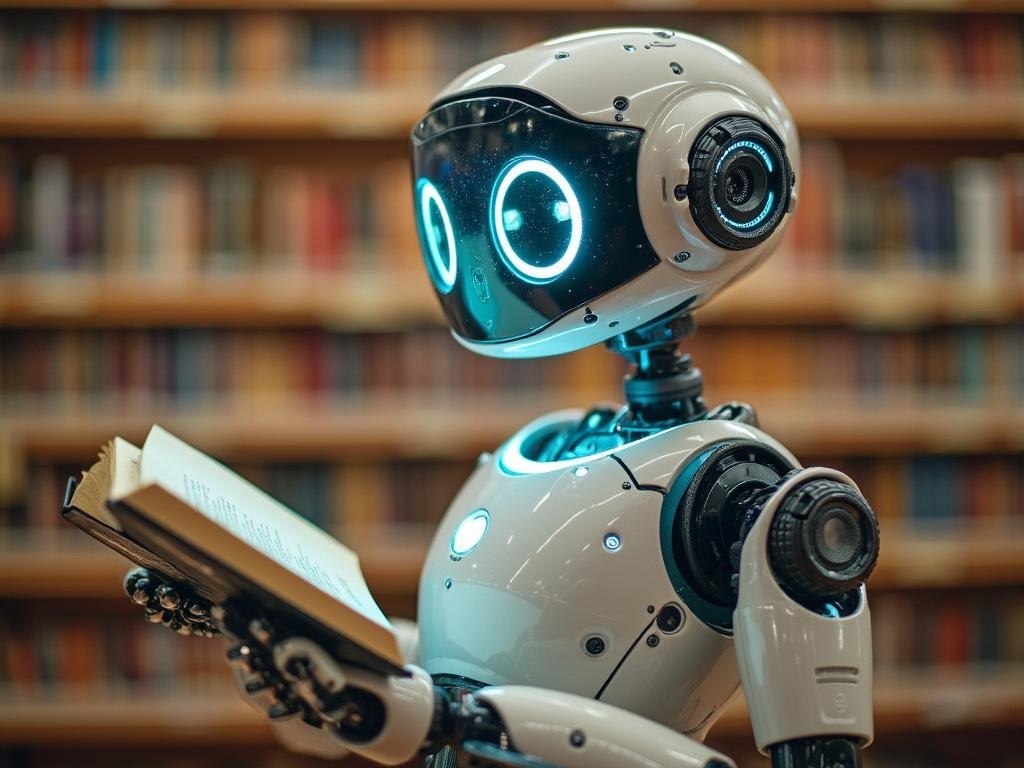AI screenwriting tools have transformed the creative landscape for both new and established writers by providing a range of capabilities from story structuring to dialogue generation. Free screenwriting software enhanced with AI features now competes with traditional screenplay writing software, offering writers innovative ways to overcome creative blocks and streamline the writing process.
Key Takeaways
- AI tools for screenwriting can help writers generate ideas and overcome creative blocks without replacing human creativity
- Modern software for screenplay writing increasingly incorporates AI features while maintaining industry-standard formatting
- Writers should view AI as a collaborative assistant rather than a replacement for human creativity
- The best screenplay writing software balances traditional needs with innovative AI capabilities
- Understanding the limitations of AI in screenwriting helps writers use these tools more effectively
Understanding AI in Screenwriting: Evolution and Capabilities
AI screenwriting tools have evolved dramatically over the past few years, moving from simple spelling checkers to sophisticated assistants that can generate dialogue, suggest plot developments, and even analyze script structure. These developments represent a significant shift in how scripts can be created, offering new possibilities for both novice and experienced writers.
The current generation of AI tools integrates with screenwriting software to provide features like character development assistance, dialogue suggestions, and plot point recommendations. Unlike earlier versions that simply checked for grammatical errors, modern AI can analyze successful scripts to identify patterns and offer suggestions based on proven storytelling techniques.
Different AI tools offer varying capabilities, with some focusing on specific aspects of screenwriting:
- Dialogue generation and enhancement
- Plot development and story arc structuring
- Character consistency checking
- Format compliance with industry standards
- Theme exploration and development
Popular AI-Powered Screenwriting Solutions
When considering what is the best AI for screenwriting, several solutions stand out in the current market. Each offers unique features that cater to different aspects of the screenwriting process, from initial brainstorming to final formatting.
Traditional screenwriting platforms have started incorporating AI elements to enhance their offerings. Final Draft, long considered an industry standard, now includes AI-assisted features for dialogue analysis and character development. Similarly, platforms like WriterDuet have integrated collaborative AI functions that help multiple writers work together more efficiently.
Specialized AI writing tools specifically designed for screenwriting include:
- ScriptHop: Focuses on AI-powered script analysis and development
- Jasper: Offers customizable AI writing assistants for creative content
- Sudowrite: Provides creative idea generation and plot expansion
- ChatGPT with specialized prompts: Versatile for brainstorming and dialogue development
For those on a budget, several free screenwriting software options have emerged that incorporate basic AI functions. Celtx, Fade In, and Highland all offer free versions with varying levels of AI assistance, making advanced screenwriting tools more accessible to beginning writers or those working with limited resources.
Benefits and Limitations of AI in the Screenwriting Process
AI tools for screenwriting offer several significant advantages for writers at all experience levels. They can help overcome writer’s block by generating ideas or dialogue snippets when creativity stalls. These tools also excel at maintaining consistent formatting, saving writers from the technical aspects of script preparation and allowing more focus on creative elements.
Another major benefit is the ability to use AI as a co-author for rapid prototyping of ideas. Writers can quickly generate multiple versions of a scene to compare approaches or explore different creative directions. This can be especially valuable during the early development stages of a project.
However, current AI tools do have notable limitations. Their output often lacks the nuance and authenticity that human writers bring to characters and stories. AI-generated dialogue can sometimes feel generic or miss subtextual elements that make great dialogue memorable. Additionally, AI still struggles with truly understanding human emotions and the complexities of character psychology.
The most effective approach combines human creativity with AI assistance, using these tools to:
- Generate starting points that writers can refine
- Maintain industry-standard formatting automatically
- Suggest alternative approaches when writers feel stuck
- Analyze scripts for structural issues or pacing problems
How Professional Screenwriters Are Using AI
Professional screenwriters have begun integrating AI tools into their workflows in various ways, though often more selectively than beginners. Many established writers use AI primarily for brainstorming and overcoming creative blocks rather than for generating substantial portions of their scripts.
One common approach is using AI to generate multiple versions of a challenging scene, then cherry-picking elements from each to craft a final version that remains true to the writer’s voice. This allows professionals to maintain their distinctive style while benefiting from AI’s ability to quickly generate alternatives.
Writers’ rooms for television shows have started experimenting with AI tools to speed up certain aspects of production writing. AI can help generate options for procedural elements or assist with maintaining consistency across multiple episodes. However, AI is changing storytelling without replacing the human touch that gives shows their unique identity.
Some specific ways professionals use AI include:
- Research assistance and world-building for science fiction or period pieces
- Character dialogue consistency checks across long scripts
- Generating options for technical or specialized dialogue
- First-draft assistance for timeline-pressured projects
Choosing the Right AI Screenwriting Tools for Your Needs
Selecting the best screenplay writing software with AI features requires considering your specific needs as a writer. Beginners might benefit from comprehensive solutions that combine traditional screenwriting formats with accessible AI assistance, while professionals might prefer specialized tools that integrate with their existing workflow.
When evaluating options, consider these key factors:
- Industry-standard formatting capabilities
- Collaboration features for working with other writers
- Level of AI integration and types of assistance offered
- Learning curve and user interface
- Cost and subscription model
For writers just starting out, free screenwriting software with basic AI features may provide enough functionality. Options like WriterSolo, KIT Scenarist, or Trelby offer solid formatting capabilities with some AI-assisted features without requiring a financial investment.
More experienced writers might find value in premium options that provide advanced AI writing capabilities. Final Draft, Movie Magic Screenwriter, and Fade In Pro all offer professional-grade features with varying levels of AI integration.
The Future of AI in Screenwriting
The continued development of AI screenwriting tools points toward increasingly sophisticated assistance for writers. Future tools will likely offer more nuanced character development, better understanding of emotional arcs, and more authentic dialogue generation based on character psychology.
We can expect to see increased personalization features that learn a writer’s style and preferences over time. Rather than generic suggestions, AI tools will adapt to complement each writer’s unique voice and approach, functioning more as a true collaborative partner.
Integration between different creative tools is also likely to improve. AI screenwriting assistants may soon connect seamlessly with visual design tools, music composition software, and production planning platforms to create more comprehensive creative environments.
As these tools evolve, the relationship between writers and AI will continue to develop. The most successful writers will be those who learn to leverage AI’s strengths while maintaining their human creativity, emotional intelligence, and unique perspective – qualities that remain essential to creating truly meaningful stories.
AI screenwriting tools have transformed screenplay creation by offering idea generation, story structuring, and dialogue assistance. These tools now integrate with traditional screenwriting software to help writers overcome creative blocks while maintaining industry-standard formatting. The article emphasizes that AI should serve as a collaborative assistant rather than replacing human creativity, with different solutions offering various capabilities from dialogue enhancement to format compliance. Professional screenwriters typically use AI selectively for brainstorming, generating alternative scenes, and maintaining consistency across projects.
| Key Points |
|---|
| AI screenwriting tools help generate ideas and overcome blocks without replacing human creativity |
| Modern screenplay software increasingly incorporates AI while maintaining industry formatting |
| Writers should view AI as a collaborative assistant with specific limitations |
| Professionals use AI selectively for brainstorming and consistency checks |
| Future AI tools will likely offer more personalization and better integration with other creative platforms |



